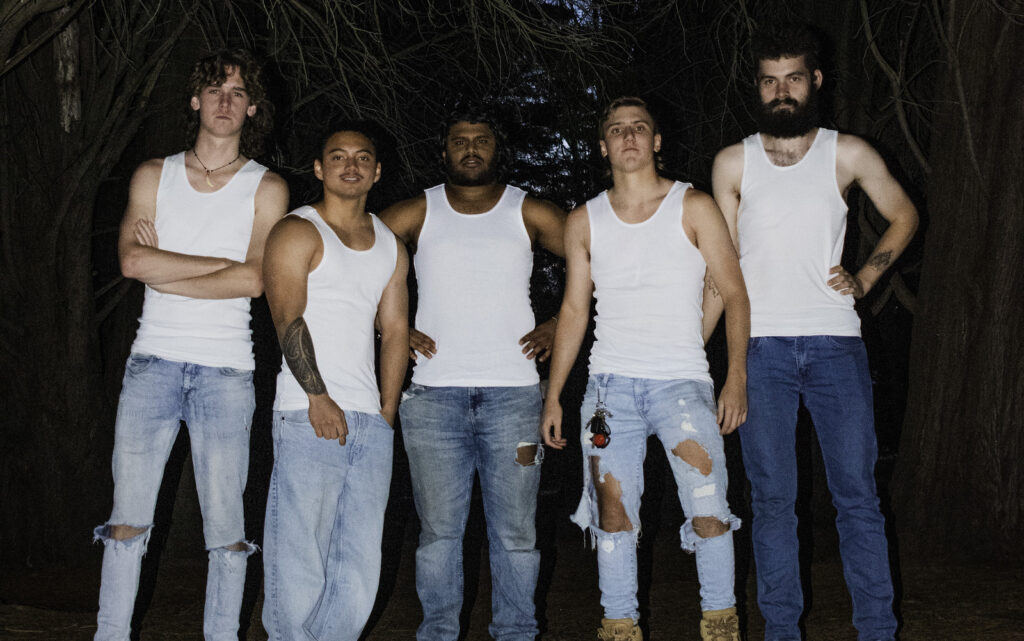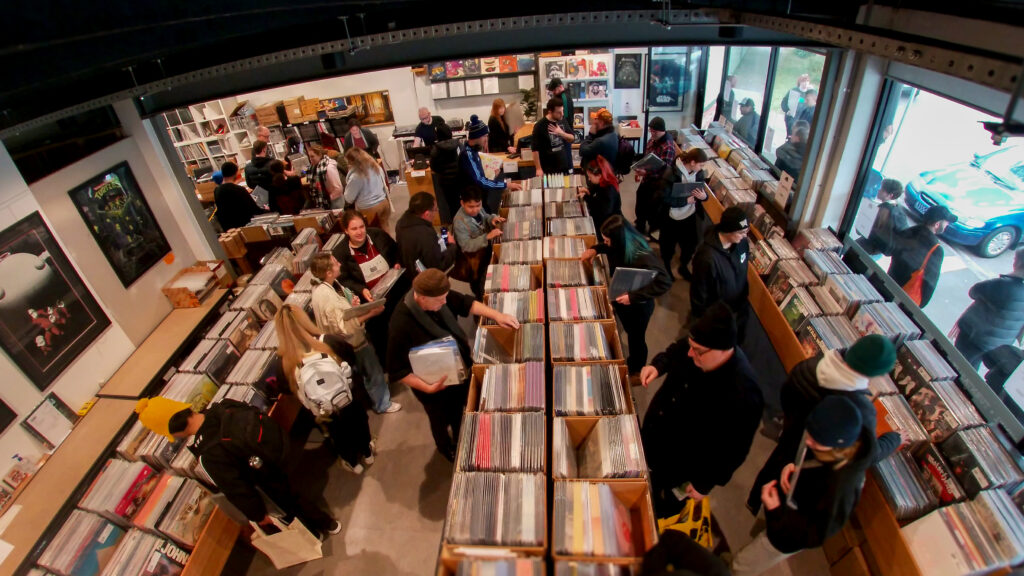In an age where it seems impossible to unify the masses, I’m relieved to cast your undivided attention to the broken beat.
It’s ironic that such diverse and inherently broken music can seamlessly unite dance floors across the globe. With roots buried in West London’s club scene in the late ’90s, broken beat – or ‘BRUK’ – is a genre centred around rhythm. It’s characterised by heavily syncopated, offbeat drum patterns, hanging onto a thread of 4/4 time signatures (though they often shift). Short and detached percussion accompanies punching kicks that wander about in a ‘broken’ fashion. Tempo ranges from about 110—130bpm. Overall, mixes tend to be slightly slower than a typical UK garage mix from the earlier ‘90s.
Broken beat takes influences from the likes of house, hip hop, soul, techno, jazz, funk, Afrobeat and Latin. Thanks to this extensive list, it’s difficult to lump its sound into words. One of the few terms to succinctly sum it up is simply, ‘creative freedom’.
Much like musicians today, few broken beat artists approach the song-making process in the same manner. Formative DJs and producers had endless creative potential at their fingertips, with each new record sounding different to the last. Artists would draw from their area of expertise; namely house, drum and bass, and even jazz. In these early days, it was a new era of fusion where rhythmic explorations were freshly chopped up alongside elements of age-old genres, served straight to the public on any night of the week.
Check out long-serving masters of the UK club scene, IG Culture and Bugz in the Attic, to hear some of the first broken beat records. Make sure to delve into their various aliases – a means of removing the face of the performer from the eyes of the public.
The digression from the strict evenness of ‘90s house music was well received at these underground gatherings; rave-goers were craving free expression across all aspects of life. Floods of new records immigrated across the oceans faster than ever before, expanding the sample libraries of DJs, and it didn’t take long for remixes to sail back.
Hear typical jazzy chord progressions from the Rhodes on Jazzanova’s mix of ‘Get Into My Groove’ originally by Incognito. This Berlin-based collective sits high on the list of early broken beat artists and their political tone is familiar throughout the history of dance music.
For different flavours, check out ‘Substream’ by Japanese brothers Kyoto Jazz Massive or Dutch producer 2562’s work. Alternately, indulge in the fabled production of J Dilla on any of his solo records and affiliations with Slum Village. I’ve not enough commas to list the artists inspired by his refreshing brand of hip hop.
Hear the similarities of these artists from the UK and around the world with some of our emerging local acts of today. Take the recent success of Melbourne based collective 30/70 for example. The crew were recently signed to UK born label Rhythm Section, alongside other Aussie acts Silent Jay, Jace XL, Prequel and Retiree. It would be unsurprising to see Melbourne’s neo-soul scene assimilate completely with London’s.
Perhaps the same can be said for the US as well, as we’ve recently witnessed the outbreak of Melbourne’s beloved Hiatus Kaiyote onto the American hip hop charts, sampled and featured with the likes of Drake, Anderson .Paak, Chance the Rapper, Q-Tip, Beyonce and Jay Z. There’s no stopping the melodic prowess of frontwoman Nai Palm, nor the tight polyrhythmic delights of the backing trio. Humble fans wait in agony for an enigmatic mixtape to be released under their instrumental side project, Swooping Duck.
Alas, there’s no doubt our isolated cities do indulge in some broken beats too; add Perth’s neo-soul act Demon Days, or the beat music outcries of Grievous Bodily Calm to your palate. This is by no means an exhaustive list of where the broken beat has cropped up in today’s music; in essence it doesn’t matter. To reap its benefits, you must discover where it hides and how it helps unite gatherings of like-minded peers.
Notice how many of the above artists label themselves as a ‘collective’, so many coming from such a diverse range of cultural and musical backgrounds, and we’ve not even scratched the surface. This, like all music, is meant to be shared; it’s formed in pursuit of a feeling. I know this sounds like a bit of a wank, but if you know, you know. We wouldn’t even have EDM hits in the pop charts without underground dance music.
The broken beat is such a wonderful example of how empowering diversity can be. The world, too, is a bit wonky. Let us hope we can find some unity as we deal with such divided crises; rhythm really does rule the world.







